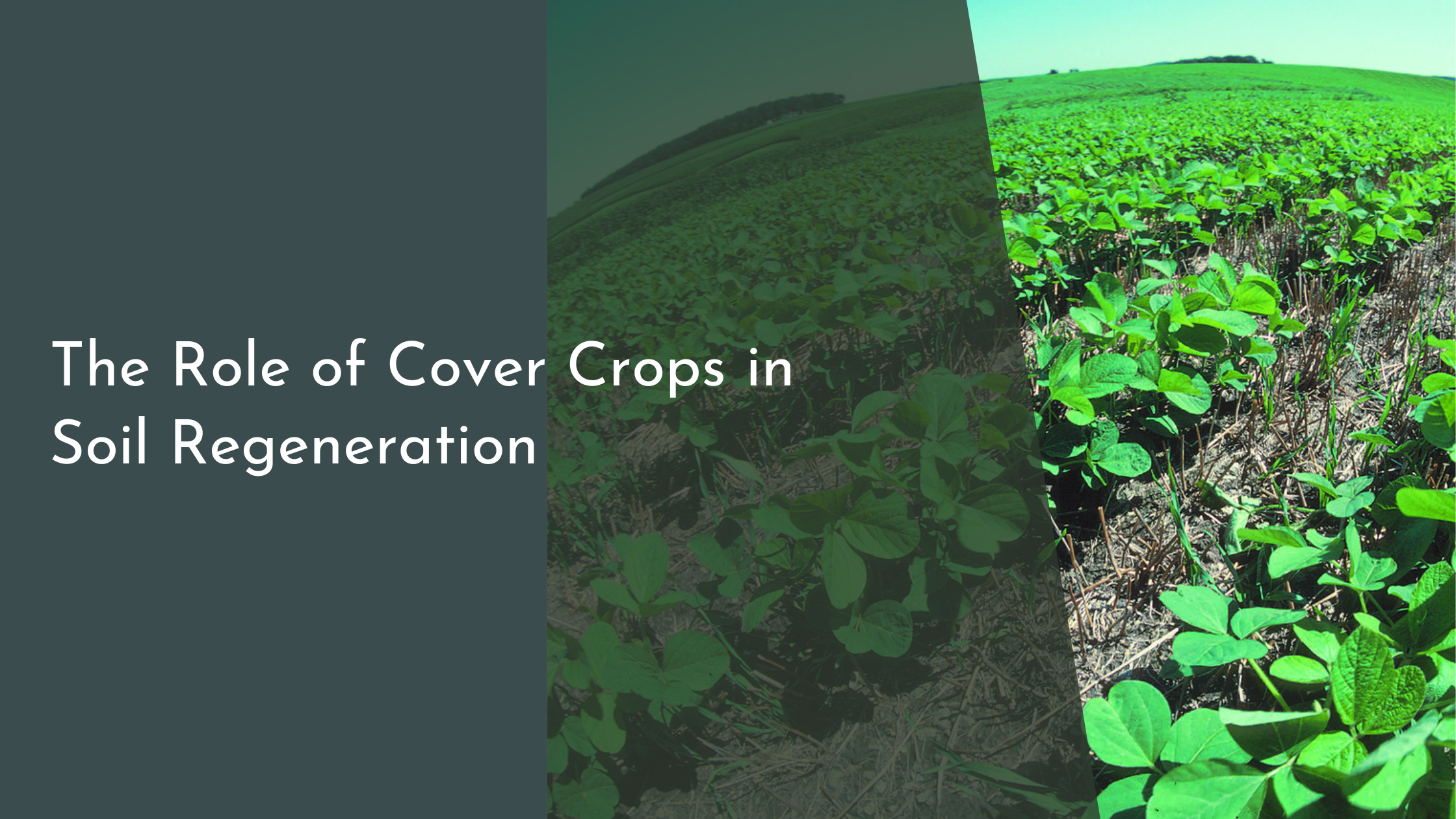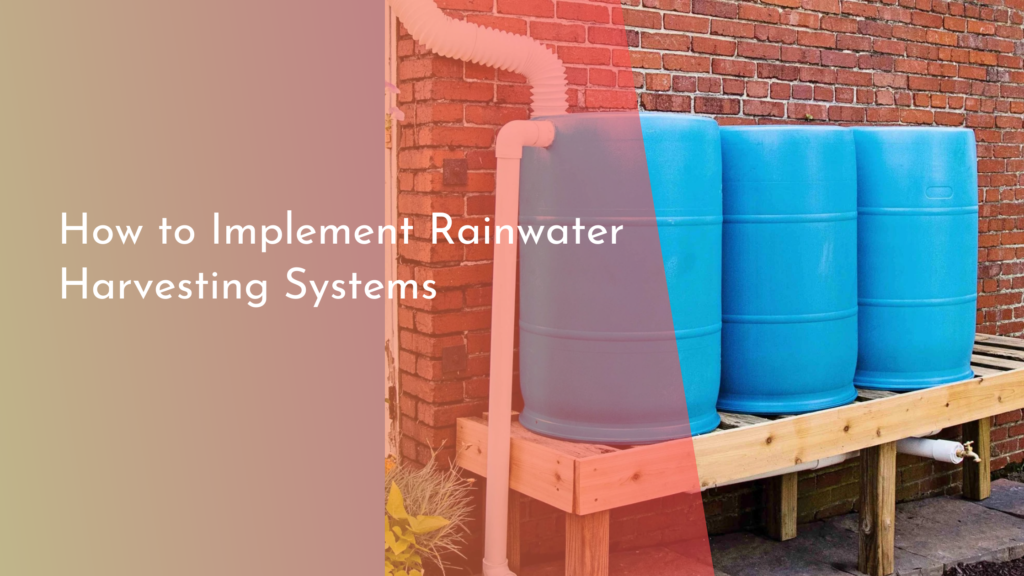The Role of Cover Crops in Soil Regeneration
In the world of modern agriculture, where sustainability and productivity go hand in hand, cover crops have emerged as unsung heroes. These versatile plants are not grown for harvest but for the myriad benefits they bring to soil health and overall agricultural ecosystems. Their role in soil regeneration is pivotal, offering solutions to some of the most pressing challenges faced by farmers today. Let’s delve into the world of cover crops, explore their benefits, and discover popular varieties that are transforming fields across the globe.
Understanding the Basics of Cover Crops
Cover crops, often termed “green manure,” are plants grown primarily to cover and protect the soil rather than for crop yield. Their use dates back centuries, with ancient farmers recognizing the benefits of allowing fields to rest and rejuvenate. Today, cover crops are typically sown during the off-season or between regular crop cycles, helping to maintain soil integrity and fertility. These crops are usually left to grow until they are incorporated back into the soil, where they decompose and enrich the ground with organic matter.
The selection of which cover crop to grow depends on various factors, including climate, soil condition, and farming goals. Some farmers choose cover crops to prevent erosion on sloped land, while others may focus on those that fix nitrogen or suppress weeds. The diversity in choice and adaptability of cover crops makes them an asset to any farming system, enabling farmers to tailor their approach to the specific needs of their land.
Benefits of Cover Crops for Soil Health
One of the most significant benefits of cover crops is their ability to enhance soil structure. By improving soil aggregation, these plants help increase water infiltration and retention, reducing runoff and erosion. The root systems of cover crops create channels in the soil, allowing air and water to move more freely. This improved soil structure not only supports the growth of subsequent crops but also aids in water conservation, a critical factor in regions prone to drought.
In addition to structural benefits, cover crops play a crucial role in nutrient management. They act as a natural fertilizer, fixing nitrogen in the soil and enhancing its fertility. For instance, leguminous cover crops, such as clover and vetch, have symbiotic relationships with soil bacteria that transform atmospheric nitrogen into a form plants can use. This natural process reduces the need for chemical fertilizers, which can be costly and environmentally harmful, promoting a more sustainable farming model.
Popular Types of Cover Crops and Their Uses
Several types of cover crops are popular among farmers, each offering unique benefits. Legumes, such as hairy vetch and crimson clover, are commonly grown for their nitrogen-fixing abilities. These plants not only enrich the soil but also provide a habitat for beneficial insects like bees. Non-leguminous cover crops, such as rye and oats, are effective in preventing erosion and suppressing weeds. Their dense growth can outcompete unwanted plants, reducing the need for herbicides.
Brassicas, like mustard and radish, are particularly useful for pest control and soil compaction alleviation. Mustard plants release biofumigants that can help suppress soil-borne pathogens and pests, while radish roots penetrate compacted soils, breaking them up and improving aeration. Each of these cover crops can be strategically implemented based on the specific challenges a farmer faces, making them a flexible tool in sustainable agriculture.
Bringing It All Together: The Joy of Regeneration
The integration of cover crops into farming systems represents a holistic approach to agriculture, one that respects and enhances the natural ecosystem. As these plants grow, die, and decompose, they contribute to a vital cycle of regeneration, rebuilding the soil’s health and fertility over time. This regenerative process not only benefits the land but also supports the farmer’s long-term productivity and profitability, creating a win-win situation.
The joy of regeneration is seen in the revitalization of soil and the positive impact on subsequent crops, leading to healthier yields without the need for excessive chemical inputs. Farmers who embrace cover cropping often find themselves becoming stewards of the land, playing a crucial role in the fight against soil degradation and climate change. The satisfaction derived from knowing that their practices are preserving the environment for future generations is an added reward to the tangible benefits that cover crops provide.
As we continue to seek sustainable solutions in agriculture, the role of cover crops in soil regeneration cannot be overstated. These robust plants not only protect and nourish the soil but also bolster the productivity of farming systems worldwide. By understanding the basics, recognizing the benefits, and strategically selecting the right types, farmers can harness the full potential of cover crops. As we look to the future, the joy of regeneration offers us hope and a path forward, ensuring that our agricultural practices are both environmentally sound and economically viable.


